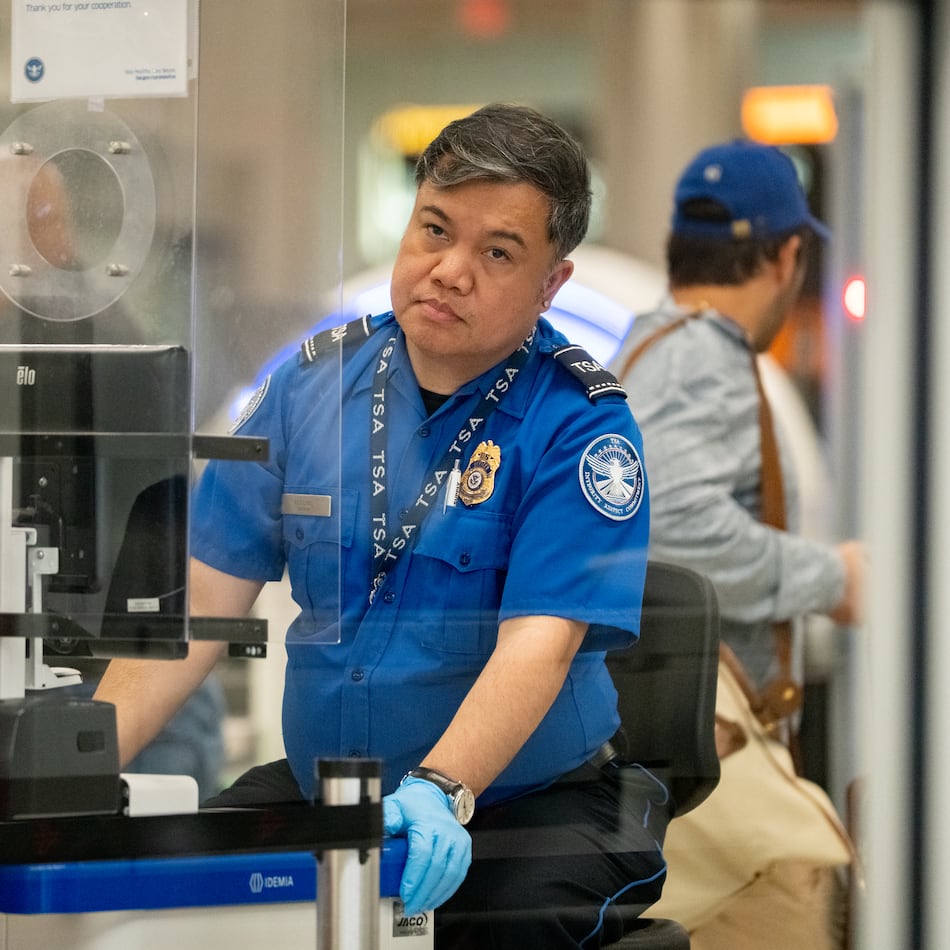About 40 years ago, when I first knew Varnette P. Honeywood, the widely acclaimed artist of collages, painting and illustrations who died Sunday at the age of 59 in Los Angeles, she was a year behind me in classification at Spelman College in Atlanta. Yet, she was light years ahead of me in artistry.
I remember her as an art major — one of those cool kids who floated across campus past us English major nerds from small Southern towns on the way to the Trevor Arnett building near the entrance to the college. She wore counterculture caftans and African head wraps and seemed already to know where she fit into the large, scary world of life and arts.
I was impressed, of course. But more than with her visage and demeanor, I was astonished by her artistic sensibility. She seemed, as a 19-year-old student, to have already carved out her way of looking at and reflecting her African-American community and the world around her. Of course, growing up under the tutelage of her educator parents, who had emigrated from Mississippi to Southern California in the 1940s to broaden the canvas of life for themselves and their family, laid that foundation. And at the age of 12, she had begun serious art study at the Chouinard Art Institute in Los Angeles.
In the 1960s and early ’70s, Varnette had not lived and worked long enough to have fully formed her true aesthetic. Over the next three decades, she surely refined her artistic view of the world, teaching students like herself and creating works that hung in shows, galleries and universities across the country. Yet even back then, one could easily see the acclaimed and respected artist that she would become.
In the nascent stages, it was all there: Her use of profiles and silhouettes that defined her work wherever it hung, on the walls of the set of the ground-breaking “Cosby Show” on television or in numerous galleries. Her respect for the African-American family, church, society, culture, struggle and triumph. Her bold use of color and prominent African facial features that shocked some patrons and critics. Even to an unsophisticated eye like my own, these qualities were all present in her early work.
Back then, in the late ’60s, I remember thinking: When I write my first novel, I want Varnette to create the cover art for it. Mind you, Varnette already had a sure way with color, tone, image and theme. I, on the other hand, had merely the desire to write stories. My roommate, the college newspaper editor, had to shame me into signing up as a reporter for the Spelman Spotlight in my junior year. So, by the time I had actually written and sold my first novel, “Baby of the Family,” I was raring for Varnette.
We had stayed in touch over the years, and I had written about her wider exposure on television. So imagine my surprise when, after convincing my publisher to ditch the illustration they had created for the novel and ask Varnette to illustrate the book’s jacket cover, we received no reply. If we didn’t hear something soon, I was told, we would have to resort to the original ugly cover for my pretty “baby.”
Darn, I remember wondering, has Varnette gone all big time on me? I should have known better. A few days later, while visiting my sister in New Orleans, I picked up the phone to hear Varnette say breathlessly: “I just got back in the country. Saw your manuscript. Read it. I love it! Let’s get to work.”
My heart took flight! She didn’t ask about fees for the use of her work. She didn’t tell me she was under a deadline to complete work for an important one-woman show. What she did ask was what was my choice of medium. “A collage!” I replied. “OK,” she said. Then, a bit later, she called to inquire what I thought of a family portrait of the book’s characters. “Yes!” I cried.
This established artist turned this fledgling novelist’s nightmare into a dream. It was so like Varnette: generous, kind, thoughtful, loving yet professional and beautiful.
She not only created a fabulous original work of art for my first novel. She made me her collaborator. She even enlisted her lovely mother’s help in hunting down just the right red and green plaid material to create the main character’s little dress.
And she did it all with the publishing clock ticking in her ear.
She continued to do this for each of my subsequent four novels. Readers told me that they framed my book jackets. Listeners at readings practically fought each other for the posters my publishers created for publicity purposes. Varnette did not think that this use of her work was somehow beneath it. In fact, in the 1970s, she and her sister Stephanie formed Black Lifestyles, a company that published and sold her works not only as fine art but also as notecards and prints, making it accessible to her many admirers who had no deep pockets.
Varnette was nothing if not inclusive. She knew how to be a vessel of support. From celebrating a new book with lunch and special cake at the famous Ivy Restaurant in Los Angeles to bypassing the ins and outs of a large publishing company to ensure that her friend’s first novel entered the world wearing the most beautiful dress on the shelf. And I knew that I was merely one of many she favored.
What a life she lived and what an inheritance she left for us all to treasure in her paintings, collages and kindnesses.
Perhaps it is for others to recount Honeywood’s many accomplishments as an artist. It is for me to recall her generosity of spirit and time and talent that I knew and was blessed with countless times.
I know this: As an artist, as a sister, as a friend: She will be missed.
Georgia novelist Tina McElroy Ansa is the author of five novels and the owner of DownSouth Press. She lives on St. Simons Island.
About the Author
The Latest
Featured

